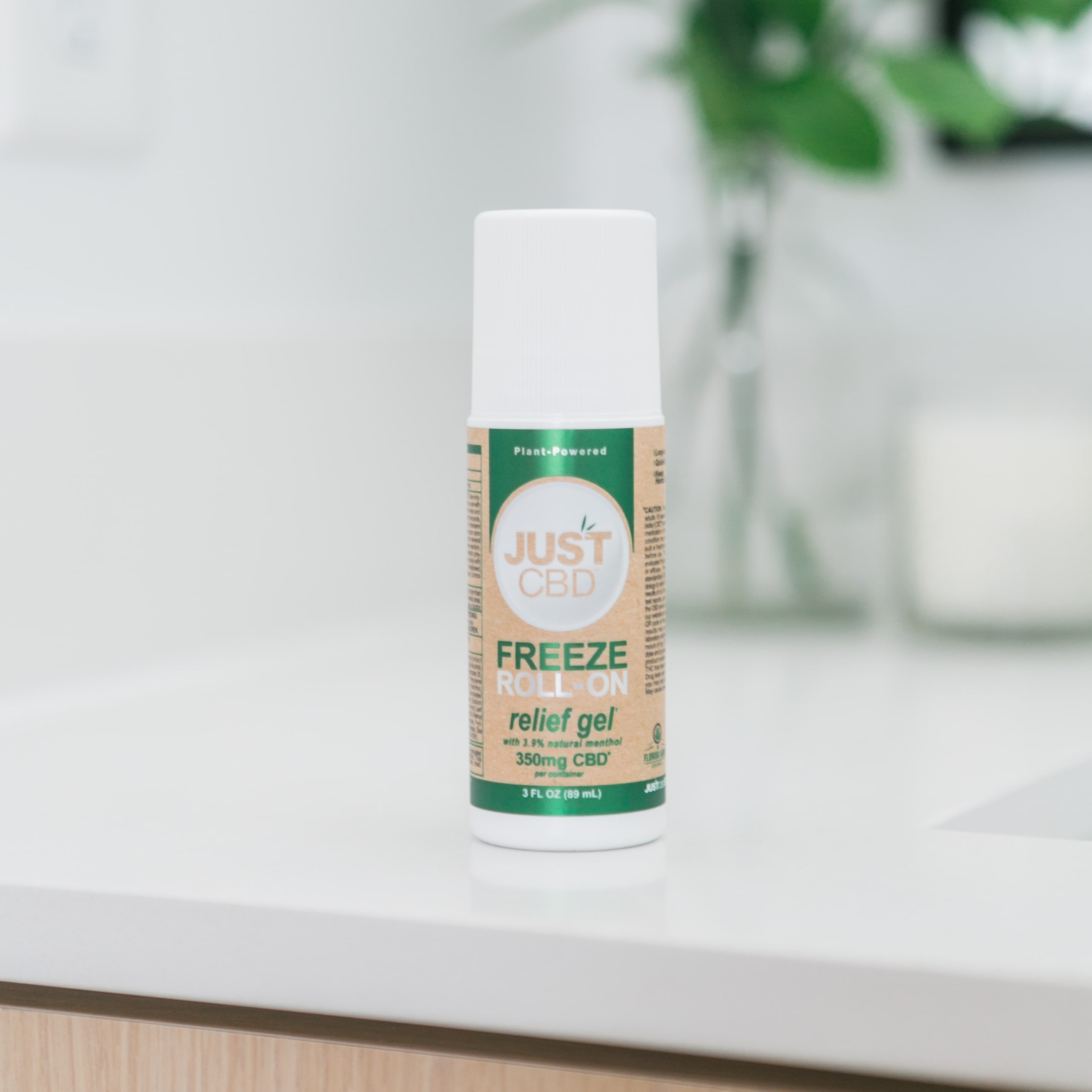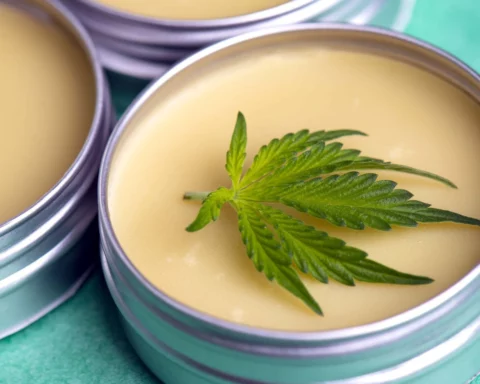What is topical CBD? How effective is topical CBD? What are some of the topical CBD products on the market? How best can an individual choose topical CBD products when purchasing? This article explains a guide to topical CBD and the products entailed.
CBD is slowly gaining acceptance by medical practitioners and the general public due to its wide applications. For instance, CBD is good for reducing pain and inflammation and reducing the effects of acne and psoriasis. However, there are numerous topical products, and choosing a suitable product without prerequisite knowledge can be delirious.
CBD belongs to a group of one hundred other cannabinoids that are naturally produced by hemp and marijuana. The Federal government approved hemp in 2018 for use in the commercial production of CBD. Cannabidiol, unlike tetrahydrocannabinol, THC, is non-psychoactive and has no addictive effects on its users. CBD products are mainly categorized as oils, tinctures, vapes, edibles, and topicals, each with a different method of administration. Each method of administration has its unique dosage and time to take effect. This article is a guide on how to choose topical CBD products.
Topical CBD Products
Cannabidiol is typically used in oil, but topical CBD products are becoming increasingly prevalent. Jastrząb et al. (2021) explained that CBD topicals provide targeted relief while also improving the general appearance and health of the skin. In this way, topical CBD products provide you with various benefits and goods in one product. CBD topical and CBD oil compositions differ as well. Herbal extracts, essential oils, and vitamins in topical formulations are common skincare ingredients. Naturally, you want to avoid unpleasant components. Creams, lotions, salves, balms, serums, massage oils, and other CBD topicals are available. They are occasionally intended for a specific purpose, such as face creams, lip balms, and pain relievers. They can also include sunscreen creams to reduce the effect of ultraviolet rays on the skin.
Many activities in the human body are governed by the endocannabinoid system, including the ability to process pain, sleep, inflammation, mood, and other factors. Baswan et al. (2020) explained that hemp contains phytocannabinoids that interact with the ECS, including CBD, which has been shown to lower inflammation and pain intensity. In addition, it contains other compounds, i.e., terpenes and flavonoids, that enhance the efficacy of CBD. CBD has been shown in studies to have a variety of therapeutic characteristics, but what about the effects of CBD on the skin? The appropriate oil or other healthy fat is beneficial to your face as it provides moisture while not clogging the facial pores. To function effectively, the skin needs adequate quantities of oil. Scrubbing away too much oil, on the other hand, will cause it to create even more. An individual can alleviate the effects of dry skin by replacing oils with good hydrating ingredients. CBD is beneficial to healthy skin since any form of imbalance causes various skin disorders. There are still many studies to be done, but this is what the research says regarding CBD and the skin:
- Baral et al. (2020) stated that a hormonal imbalance primarily causes acne, but CBD can help battle the inflammation associated with acne’s redness and swelling and regulate sebum production.
- Inflammation – In laboratory tests done on rats, transdermal CBD decreases pain and inflammation, making it a potential treatment for skin conditions such as rosacea, eczema, and psoriasis.
- Itching – CBD has been demonstrated to alleviate chronic, treatment-resistant irritation by blocking itching in nerve endings.
- According to Moore (2019), CBD may help with scarring for scar tissue sufferers. The CBD ointment had to be applied directly on the scar to affect scars at least twice a day. It helps with the skin’s elasticity and hydration of the affected tissues, thus improving the appearance of the skin and the scar in general.
Choosing Topical CBD Products
With the advent of the internet, there are numerous products available for sale that are marketed to contain CBD and are beneficial not only for the skin but also for the general well-being of one’s health. Below are a few issues to watch out for when buying topical CBD products:
Growing Procedures And Extraction Process Used
Hemp is a highly delicate plant that needs constant watching and tendering to prevent it from accumulating too much THC, which would require it to be destroyed. It aligns with the 2018 Farmers Bill, which designates any cannabis plant with more than 0.3% of THC as marijuana. In addition, hemp is highly susceptible to pests and weeds, which affect its quality. Thus, many farmers resort to pesticides and insecticides to ward off pests and weeds. It may result in some chemical compounds seeping into the final product. Therefore, when choosing topical CBD products, consider checking the farming practices of the farmers, as this may help identify harmful compounds used. De Vita et al. (2020) explained that several methods extract CBD from hemps, such as steam distillation, supercritical carbon dioxide washing, and propane or butane methods. Some of these methods utilize toxic chemicals, which may often seep into the final product undetected. Continuous consumption of products contaminated with these chemicals may accumulate these compounds into the body and harm your health. Always check for the extraction method used to assess whether the topical CBD is safe, as some chemicals may cause allergic reactions.
THC Levels Present
THC is still illegal to consume and possess even though CBD was rescheduled from being a class I drug. The Federal government limits the amount of THC to just 0.3%, whereas the U.K government only allows up to 0.2% of THC present in the CBD extract. It may help you avoid being at loggerheads with the law. Moreover, to be safe, always check which type of hemp extract was used to make the topical cream as there are currently three types of CBD products available, i.e., broad-spectrum, full-spectrum, and CBD isolates. Isolates and broad-spectrum contain zero amounts of THC, whereas the full spectrum contains a maximum of 0.3% THC. Most manufacturers indicate these amounts on their packaging to hinder anyone from consuming what they do not wish to take.
Concentration/dosage
The appropriate dosage of CBD for everybody depends on their needs, the sort of product they use, and how their body reacts to CBD. Everyone’s body reacts differently. It is advisable to start with extremely low doses of 5 to 10 mg of CBD, wait for 3 to 4 hours, and gradually increase to obtain the desired benefits. Please keep track of how it affects you because it can take several hours, days, or weeks before you notice any meaningful advantages. Individuals should be patient enough to be able to feel the effects. And if you don’t like how you feel after trying out topical CBD products, it’s best to stop using them.
Conclusion
Topical CBD products are useful when one wants to apply CBD in localized areas or target spots on the body. These products are especially useful when one wants to combat pain, inflammation, and skin infections. However, always watch out for the concentration of CBD used, the source of hemp used, extraction methods used, and third-party lab reports to ensure you get high-quality topical creams.
References
Baral, P., Bagul, V., & Gajbhiye, S. (2020). HEMP SEED OIL FOR SKINCARE (NON-DRUG CANNABIS SATIVA L.): A REVIEW.
Baswan, S. M., Klosner, A. E., Glynn, K., Rajgopal, A., Malik, K., Yim, S., & Stern, N. (2020). Therapeutic potential of cannabidiol (CBD) for skin health and disorders. Clinical, cosmetic and investigational dermatology, 13, 927.
De Vita, D., Madia, V. N., Tudino, V., Saccoliti, F., De Leo, A., Messore, A., … & Di Santo, R. (2020). Comparison of different methods for the extraction of cannabinoids from cannabis. Natural product research, 34(20), 2952-2958.
Jastrząb, A., Jarocka-Karpowicz, I., Markowska, A., Wroński, A., Gęgotek, A., & Skrzydlewska, E. (2021). The antioxidant and anti-inflammatory effect of cannabidiol contributes to the decreased lipid peroxidation of keratinocytes of rat skin exposed to UV radiation. Oxidative Medicine and Cellular Longevity, 2021.
Moore, E. M. (2019). Combined Therapeutic Potential of Spotted Wintergreen and Botanical Oils in Dermatology. North Carolina State University.
- Missionary Position – Least Likely To Bring You To Climax - April 7, 2023
- Vibrators could put you in Jail - March 31, 2023
- Ball Gag Bondage - March 29, 2023









